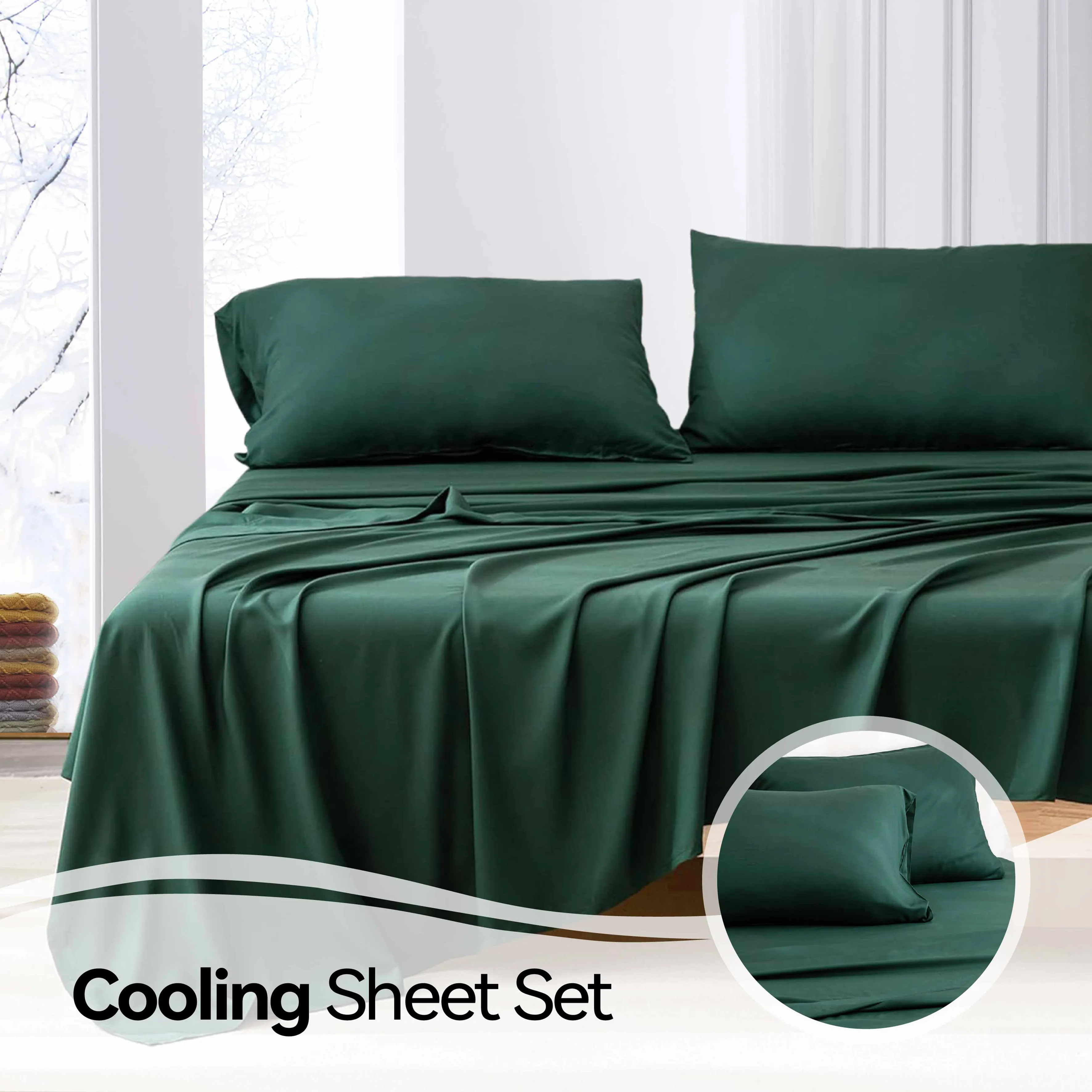Exploring the Benefits of Extra Wide Materials for Enhanced Comfort and Versatility in Design
Embracing Extra Wide Materials A New Frontier in Fabric Innovation
In recent years, the textile industry has witnessed a transformative shift towards greater inclusivity and accessibility, particularly with the advent of extra wide materials. These textiles, which typically exceed standard widths, have gained traction in various sectors, including fashion, interior design, and industrial applications. This article delves into the significance of extra wide materials, exploring their benefits, applications, and the future they hold in redefining our material landscape.
The Evolution of Textile Widths
Traditionally, fabrics were produced in specific widths, often ranging from 36 to 60 inches. This size limitation posed challenges for designers and manufacturers, especially when creating larger garments or expansive interior installations. As consumer demand evolved, so too did technology, allowing manufacturers to produce wider materials that accommodate various needs. Extra wide fabrics can reach widths of 72 inches or more, opening a realm of possibilities for both creators and consumers alike.
Advantages of Extra Wide Materials
One of the primary benefits of extra wide materials is the reduction of seams in large-scale projects. In fashion design, for example, using a single piece of fabric can result in cleaner lines and a more polished finish. This is particularly advantageous for garments requiring modesty, such as flowing dresses or upscale tunics, where fewer seams can contribute to both aesthetics and comfort.
In interior design, extra wide fabrics are a game changer. Curtain panels, upholstery, and wall coverings often require large swathes of material. With wider options available, designers can achieve a more cohesive look without the visual distraction of seams. Furthermore, fewer seams often equate to less labor, reducing production costs and potentially lowering retail prices for consumers.
From a sustainability perspective, extra wide materials can significantly reduce fabric waste. By maximizing the use of the available width, manufacturers can cut down on off-cuts, which are often discarded. This focus on efficiency aligns with the growing movement towards conscious consumerism, where both industry players and consumers are more mindful of their environmental impact.
extra wide material

Applications Across Industries
The applications of extra wide materials extend far beyond fashion and interiors. In the automotive and aerospace industries, for instance, manufacturers utilize wide fabrics for various components, including seat covers and insulation. The versatility of these materials enables them to be adapted for multiple uses, streamlining production processes and enhancing performance.
Moreover, the healthcare sector is increasingly recognizing the benefits of extra wide materials. Hospitals and clinics require fabrics for bed linens, privacy curtains, and uniforms, all of which can be produced more efficiently using wider textiles. The ease of handling and reduced seams translate into improved hygiene and maintenance, critical considerations in any medical environment.
The Future of Extra Wide Fabrics
As we look ahead, the future of extra wide materials appears promising. Advancements in technology, such as digital printing and automated cutting, are poised to enhance production capabilities even further. Innovations in fabric blends and treatments will also expand the range of applications, making these materials suitable for outdoor gear, sportswear, and even high-performance textiles.
Moreover, as global markets continue to shift, there is an increasing emphasis on customization. Extra wide materials can cater to bespoke designs with unique dimensions, allowing designers to create tailored solutions for their clients. This shift towards personalized products is not only desirable for consumers but also propels the industry towards a more resilient and adaptable future.
Conclusion
Extra wide materials represent a significant evolution in the textile industry, providing solutions that are both practical and innovative. The benefits they offer in reducing seams, minimizing waste, and enhancing aesthetic appeal are just the tip of the iceberg. As industries embrace these wider textiles, the potential applications seem limitless. By prioritizing efficiency, sustainability, and versatility, extra wide materials are paving the way for a more inclusive and dynamic approach to fabric usage, ultimately transforming the way we think about design and functionality in textiles.
-
Creating a Spa Day with Plush Waffle Bath RobesNewsAug.14, 2025
-
How to Cut Linen Maintenance Costs by 30% with Proper Polycotton IroningNewsAug.11, 2025
-
Elevating Comfort and Quality with the Right Bed LinenNewsJul.07, 2025
-
Bedding Essentials: From Percale Sheets to White Quilts, Finding Your Perfect Sleep HavenNewsJul.07, 2025
-
Choosing the Right Bedding for a Comfortable and Stylish BedroomNewsJul.07, 2025
-
Understanding the Diverse World of Towel TypesNewsMay.29, 2025
-
The Ultimate Comfort: Discover the Benefits of Polycotton SheetsNewsMay.29, 2025






